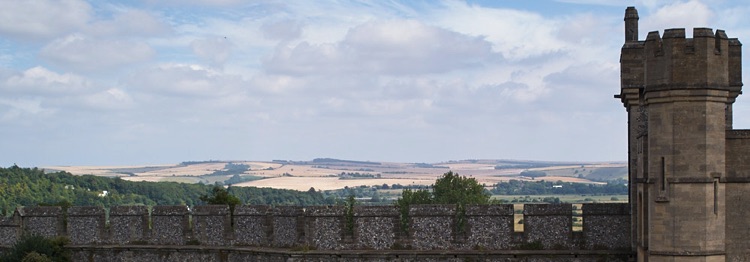0670
Year
Early Christianity in Sussex
Event
670 Brother Dicul
The South Saxons were one of the last Saxon kingdoms to be converted to Christianity. The first evidence of Christian preaching was the in 670 by an Irish monk named Dicul who set up a small monastery in Bosham with 5 or 6 brothers. At that time the local Saxon population paid little attention to his teachings and the church did not become well established in Sussex until two years later with the arrival of Bishop Wilfred. Dicul is thought to be buried in Delgany, County Wicklow, Ireland.
672 Bishop Wilfred
Bishop Wilfred had been banished from York by King Egfrid. During his banishment he set about converting the South Saxons. In 672 there had been a three year famine in Sussex. Bede reports the population was in despair with occurrences of mass suicides amongst the South Saxons. After their conversion to Christianity the drought was broken and crops flourished. Bishop Wilfred was able to offer practical, in addition to spiritual guidance, and showed the Saxons that the nets they used to catch eels could also be used to catch fish in rivers, lakes and the sea. This helped limit the effects of the famine. About this time the South Saxon king Æthelwalh was baptized.
King Æthelwalh of Sussex granted 87 hides of land at Selsey near Bosham and King Cædwalla of Wessex, granted another fifty-five hides around Selsey to Bishop Wilfrid. In accordance with his teachings the bishop released all 250 slaves on the land.
681 Selsey Abbey
In 681 Wilfred built an abbey at Selsey and filled it with brothers from his native Northumbria. In 692 Noðhelm, also known as Nothhelm or Nunna, King of South Saxons granted 33 hides to his sister Noðgyð (Nothgyth) to construct a monastery. Noðgyð later became a nun. Wilfred was succeeded as abbot of Selsey in 705 by Bishop Eadbert. In 714 south saxon king Noðhelm granted more land to the monks of Selsey, but after 731 the abbey fell into abeyance. The location of Selsey abbey is now lost to the sea, but parts of the abbey were supposedly still visible at low tide as late as the end of the 16th century.
Not long after its founding, a plague struck the monastery and many brothers died. There is a story that the plague was ended after a young Saxon boy had a vision of St Peter and St Paul. In the vision, the boy was told that he would be the last to die. St Oswald, the Northumbrian saint, had prayed on the anniversary of his death that the brothers might be saved. The young Saxon boy was the last to die the remaining brothers spared.
St Cuthman
St Cuthman's origins are not known for certain, but he was likely born in Chidham, near Bosham in Sussex and that he and his parents may have been converted to christianity by Dicul. After his father died, Cuthman supported his invalided mother. He built shelter for her and used a wheelbarrow to transport her around the Adur valley. He used leather strap attached to the wheelbarrow to help take the weight. The strap broke in Steyning and Cuthman took this as a sign from God and built a church at that spot. There is still a church at the site, although the current church is mainly Norman in construction.
St Dunstan
St Dunstan, the archbishop of Canterbury in 960, built a wooden church at Mayfield. This was later replaced by the current stone one by the Normans. Sussex folk lore associates Mayfield with the legend of St Dunstan and the Devil. In his younger days St Dunstan was a blacksmith when the devil approached him as a beautiful woman, but St Dunstan saw through the disguise and tweaked the devils nose with red hot tongs from his forge.

Sussex Timeline


